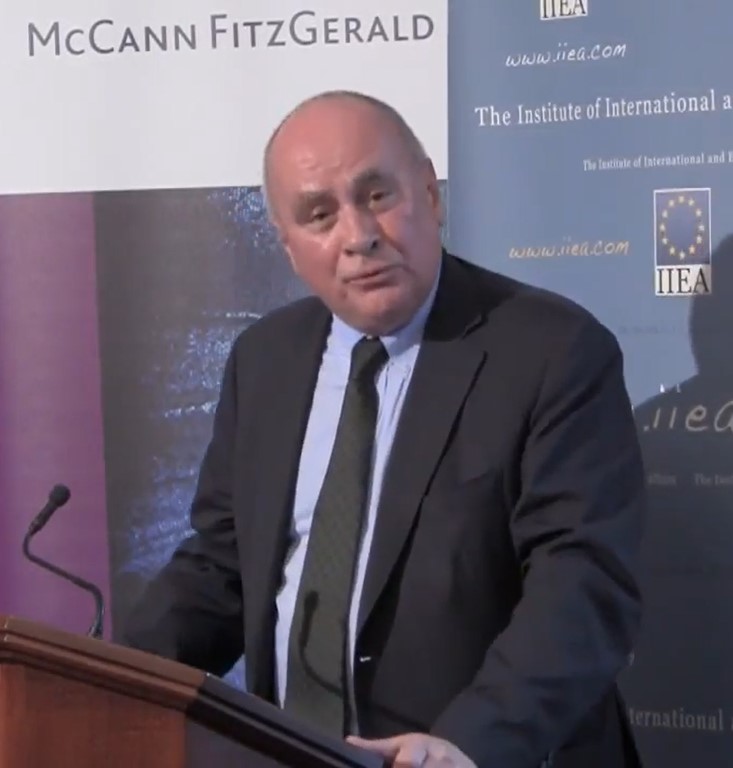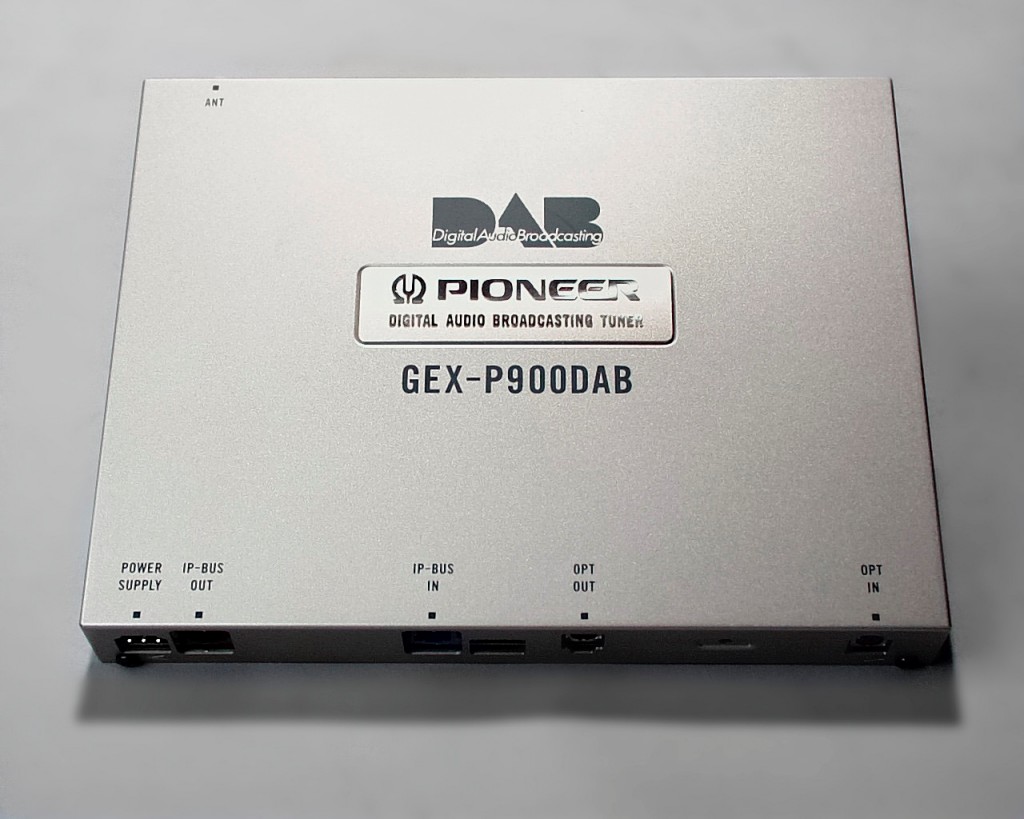|
RAJAR
Radio Joint Audience Research Limited (RAJAR; ) was established in 1992 to operate a single audience measurement system for the radio industry in the United Kingdom. RAJAR is jointly owned by the BBC and Radiocentre. RAJAR's predecessor was called Joint Industry Committee on Radio Audience Research (JICRAR; ). Prior to this, the BBC and Radiocentre's predecessor CRCA carried out their own measurements independently of each other. Structure The company operates as a joint industry committee (JIC) and its board is chaired by an independent chairman. It has shareholder representation from the BBC and the commercial sector, as well as the, Institute of Practitioners in Advertising (IPA) and the Incorporated Society of British Advertisers (ISBA). The company is a non-profit making entity. Purpose and methodology RAJAR collects information on behalf of over 300 BBC and Ofcom The Office of Communications, commonly known as Ofcom, is the government-approved regulatory and com ... [...More Info...] [...Related Items...] OR: [Wikipedia] [Google] [Baidu] |
Audience Measurement
Audience measurement calculates how many people are in an audience, usually in relation to radio listenership and television viewership, but also in relation to newspaper and magazine readership and, increasingly, web traffic. The term is sometimes used with regard to practices that help broadcasters and advertisers determine ''who'' is listening, rather than ''how many'' people are listening. In some parts of the world, the resulting numbers are referred to as audience share; in other places, the broader term market share is used. This broader meaning is also known as audience research. Measurements are broken down by media market, which corresponds to large and small metropolitan areas. Methods Diaries The diary was one of the first methods of recording information. However, this is prone to mistakes, forgetfulness and subjectivity. Data is collected down to the level of listener opinion of individual songs cross-referenced against age, race, and economic status in liste ... [...More Info...] [...Related Items...] OR: [Wikipedia] [Google] [Baidu] |
RadioCentre
Radiocentre is the industry body for commercial radio in the UK. It exists to maintain and build a strong and successful commercial radio industry. The organisation works on behalf of over 40 stakeholders who operate over 300 licensed radio stations across the UK and represent 90% of commercial radio in terms of listening and revenue. Radiocentre performs three main functions on behalf of its members. * Advertising: Drive industry revenue by promoting the benefits of radio to advertisers and agencies, asking them to see radio differently through a combination of marketing activity (events, advertising, PR), research, and training * Policy: Provide UK commercial radio with a collective voice on issues that affect the way that radio stations operate, working with government, politicians, policy makers and regulators to secure the best environment for growth and development of the medium * Clearance: Ensure advertising messages on commercial radio stations comply with the necessary ... [...More Info...] [...Related Items...] OR: [Wikipedia] [Google] [Baidu] |
British Broadcasting Corporation
The British Broadcasting Corporation (BBC) is a British public broadcasting, public service broadcaster headquartered at Broadcasting House in London, England. Originally established in 1922 as the British Broadcasting Company, it evolved into its current state with its current name on New Year's Day 1927. The oldest and largest local and global broadcaster by stature and by number of employees, the BBC employs over 21,000 staff in total, of whom approximately 17,200 are in public-sector broadcasting. The BBC was established under a Royal charter#United Kingdom, royal charter, and operates under an agreement with the Secretary of State for Culture, Media and Sport. Its work is funded principally by an annual Television licensing in the United Kingdom, television licence fee which is charged to all British households, companies, and organisations using any type of equipment to receive or record live television broadcasts or to use the BBC's streaming service, BBC iPlayer, iPla ... [...More Info...] [...Related Items...] OR: [Wikipedia] [Google] [Baidu] |
Institute Of Practitioners In Advertising
The Institute of Practitioners in Advertising (IPA), incorporated by a Royal Charter, is the trade body and professional institute for agencies and individuals working in the UK's advertising, media and marketing communications industry. History Founded in 1917 as the Association of British Advertising Agents, it was succeeded in 1927 by the Institute of Incorporated Practitioners in Advertising to secure further professional status and recognition for its members. In 1954, it changed to its current name, the Institute of Practitioners in Advertising, so that individuals as well as corporate bodies could be members. The IPA was awarded a Royal Charter in December 2015. This came into effect officially when it was sealed on 13 April 2016. The Charter is displayed at the IPA's London office. As of April 2024, the IPA had 258 agency members. Role IPA members account for over 85 per cent of the media spend in the UK. It covers all aspects of the agency business: creative, digital ma ... [...More Info...] [...Related Items...] OR: [Wikipedia] [Google] [Baidu] |
Ofcom
The Office of Communications, commonly known as Ofcom, is the government-approved regulatory and competition authority for the broadcasting, internet, telecommunications and mail, postal industries of the United Kingdom. Ofcom has wide-ranging powers across the television, radio, telecoms, internet and postal sectors. It has a statutory duty to represent the interests of citizens and consumers by promoting competition and protecting the public from harmful or offensive material. Some of the main areas Ofcom regulates are TV and radio standards, broadband and phones, video-sharing platforms online, the wireless spectrum and postal services. The regulator was initially established by the (c. 11) and received its full authority from the Communications Act 2003 (c. 21). History On 20 June 2001, the Queen's Speech to the Parliament of the United Kingdom, UK Parliament announced the creation of Ofcom. The new body, which was to replace several existing authorities, was concei ... [...More Info...] [...Related Items...] OR: [Wikipedia] [Google] [Baidu] |
AM Broadcasting
AM broadcasting is radio broadcasting using amplitude modulation (AM) transmissions. It was the first method developed for making audio radio transmissions, and is still used worldwide, primarily for medium wave (also known as "AM band") transmissions, but also on the longwave and shortwave radio bands. The earliest experimental AM transmissions began in the early 1900s. However, widespread AM broadcasting was not established until the 1920s, following the development of vacuum tube receivers and transmitters. AM radio remained the dominant method of broadcasting for the next 30 years, a period called the " Golden Age of Radio", until television broadcasting became widespread in the 1950s and received much of the programming previously carried by radio. Later, AM radio's audiences declined greatly due to competition from FM (frequency modulation) radio, Digital Audio Broadcasting (DAB), satellite radio, HD (digital) radio, Internet radio, music streaming services, and podca ... [...More Info...] [...Related Items...] OR: [Wikipedia] [Google] [Baidu] |
FM Broadcasting
FM broadcasting is a method of radio broadcasting that uses frequency modulation (FM) of the radio broadcast carrier wave. Invented in 1933 by American engineer Edwin Armstrong, wide-band FM is used worldwide to transmit high fidelity, high-fidelity sound over broadcast radio. FM broadcasting offers higher fidelity—more accurate reproduction of the original program sound—than other broadcasting techniques, such as AM broadcasting. It is also less susceptible to Electromagnetic interference, common forms of interference, having less static and popping sounds than are often heard on AM. Therefore, FM is used for most broadcasts of music and general audio (in the audio spectrum). FM radio stations use the very high frequency range of radio frequency, radio frequencies. Broadcast bands Throughout the world, the FM broadcast band falls within the VHF part of the radio spectrum. Usually 87.5 to 108.0 MHz is used, or some portion of it, with few exceptions: * In the Commo ... [...More Info...] [...Related Items...] OR: [Wikipedia] [Google] [Baidu] |
Digital Audio Broadcasting
Digital Audio Broadcasting (DAB) is a digital radio international standard, standard for broadcasting digital audio radio services in many countries around the world, defined, supported, marketed and promoted by the WorldDAB organisation. The standard is dominant in Europe and is also used in Australia, and in parts of Africa and as of 2025, countries using DAB/DMB, 55 countries are actively running DAB broadcasts as an alternative platform to analogue FM. DAB was the result of a European research project and first publicly rolled out in 1995, with consumer-grade DAB Radio receiver, receivers appearing at the start of this millennium. Initially it was expected in many countries that existing FM broadcasting, FM services would switch over to DAB, although the take-up of DAB has been much slower than expected. In 2023, Norway became the first country to have implemented a national FM radio switch-off, with others to follow in the next years, Switzerland and the United Kingdom ... [...More Info...] [...Related Items...] OR: [Wikipedia] [Google] [Baidu] |
DTV Radio
Digital-television radio, DTV radio, or DTR describes the audio channels that are provided with a digital television service. These channels are delivered by cable television, direct-broadcast satellite or digital terrestrial television. In terms of variety, DTR falls somewhere between regular AM and FM radio, and satellite radio. However, because it is delivered through a digital signal, the actual sound quality can exceed both. DTR may be available for free, or as part of a subscription television service. DTR music and audio channels are often provided as part of the "basic" television subscription service or package. In a 2014 study, 11% of Americans listened to DTV radio on an average day, with 5.2% of time spent listening to audio attributed to DTV Radio. Number and availability of channels In the United States, DirecTV offers up to 84 channels of Sonic Tap, and Dish Network offers 95 channels of SiriusXM Satellite Radio and Muzak for residential subscribers, dependin ... [...More Info...] [...Related Items...] OR: [Wikipedia] [Google] [Baidu] |
Radio Organisations In The United Kingdom
Radio is the technology of communicating using radio waves. Radio waves are electromagnetic waves of frequency between 3 hertz (Hz) and 300 gigahertz (GHz). They are generated by an electronic device called a transmitter connected to an antenna which radiates the waves. They can be received by other antennas connected to a radio receiver; this is the fundamental principle of radio communication. In addition to communication, radio is used for radar, radio navigation, remote control, remote sensing, and other applications. In radio communication, used in radio and television broadcasting, cell phones, two-way radios, wireless networking, and satellite communication, among numerous other uses, radio waves are used to carry information across space from a transmitter to a receiver, by Modulation, modulating the radio signal (impressing an information signal on the radio wave by varying some aspect of the wave) in the transmitter. In radar, used to locate and track objec ... [...More Info...] [...Related Items...] OR: [Wikipedia] [Google] [Baidu] |
1992 Establishments In The United Kingdom
Year 199 ( CXCIX) was a common year starting on Monday of the Julian calendar. At the time, it was sometimes known as year 952 ''Ab urbe condita''. The denomination 199 for this year has been used since the early medieval period, when the Anno Domini calendar era became the prevalent method in Europe for naming years. Events By place Roman Empire * Mesopotamia is partitioned into two Roman provinces divided by the Euphrates, Mesopotamia and Osroene. * Emperor Septimius Severus lays siege to the city-state Hatra in Central-Mesopotamia, but fails to capture the city despite breaching the walls. * Two new legions, I Parthica and III Parthica, are formed as a permanent garrison. China * Battle of Yijing: Chinese warlord Yuan Shao defeats Gongsun Zan. Korea * Geodeung succeeds Suro of Geumgwan Gaya, as king of the Korean kingdom of Gaya (traditional date). By topic Religion * Pope Zephyrinus succeeds Pope Victor I, as the 15th pope. Births Valerian Roman ... [...More Info...] [...Related Items...] OR: [Wikipedia] [Google] [Baidu] |




